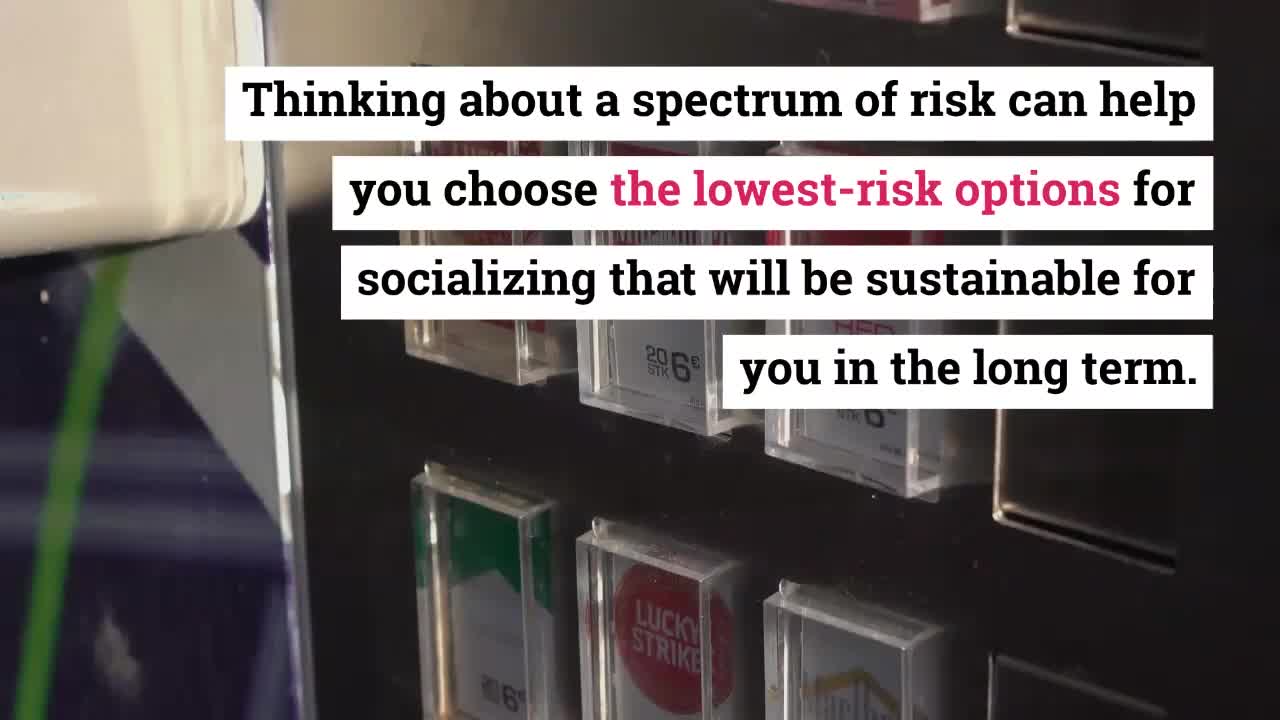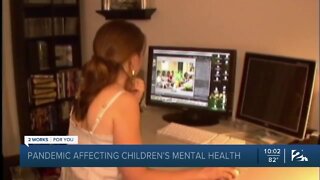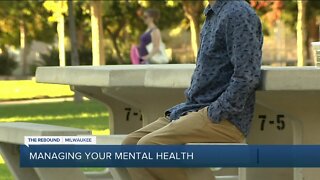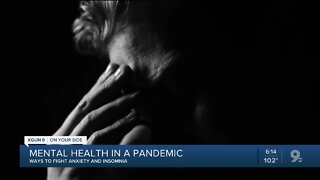Premium Only Content

How To Socialize In A Pandemic - Harvard Health Blog
Abstaining from all social contact for the long haul won’t be a sustainable option for most people.
So, how can we make decisions about socializing during the coronavirus pandemic?
Risk isn’t binary
Staying home alone or with your household members is still the lowest-risk choice you can make with respect to catching or spreading the coronavirus.
But risk isn’t binary, and there’s a lot in between those two options.
Thinking about a spectrum of risk can help you choose the lowest-risk options for socializing that will be sustainable for you in the long term.
For example, pay attention to whether the number of new cases, hospitalizations, and deaths are high or low, or increasing or decreasing.
Some regions are opening while these numbers remain fairly high, so you may choose to be more conservative with your social contact than the current recommendations in your area.
Just because the hair salon is open doesn’t mean you have to get a haircut.
Evaluate the risk of the activity, which includes its duration and setting.
The highest risk for transmission is with close contact, prolonged interaction, and enclosed environments.
In contrast, keeping a distance of at least six feet, brief interactions, and outdoor settings will keep risk lower.
In contrast, keeping a distance of at least six feet, brief interactions, and outdoor settings will keep risk lower.
Sitting indoors a few feet away from a friend and having a long talk is a higher-risk situation than going for a stroll or chatting briefly with that person outdoors.
The highest risk for transmission is with close contact, prolonged interaction, and enclosed environments.
Consider vulnerability to the coronavirus.
If you or your social contacts are particularly vulnerable to the coronavirus, either because of older age or underlying health conditions, factor this into your assessment of risk when making decisions about interactions outside of your household.
Face coverings can further reduce risk, and are particularly important when interacting with people in close proximity or indoors.
Consider vulnerability to the coronavirus.
It also helps to use other protective measures, including frequent handwashing.
Just because the hair salon is open doesn’t mean you have to get a haircut.
Try to keep tabs on what’s happening with community spread where you live.
How can you assess the spectrum of risk?
Know what’s happening with virus transmission in your community.
Harm reduction strategies can help
The benefits of being social
Health is more than just disease prevention.
Unlike abstinence-only messaging, which simply tells people to stay home, a harm reduction approach meets people where they are by accepting that it isn’t always possible to eliminate risk.
As we enter the fourth month of this pandemic, with many more months ahead, it’s time to start thinking about sustainability.
-
 1:46
1:46
KJRH
5 years agoPandemic impacting children's mental health
142 -
 4:02
4:02
WTMJMilwaukee
5 years agoHow to manage your mental health amid pandemic
23 -
 2:01
2:01
KGUN
5 years agoMental health in a pandemic
14 -
 2:02
2:02
KJRH
5 years agoMental Health Help Through Pandemic
22 -
 3:06
3:06
KJRH
5 years agoImpact on mental health during a pandemic
109 -
 1:00
1:00
Newsy
5 years agoPandemic Parenting: How Can Parents Prioritize Their Mental Health?
1.94K2 -
 1:39
1:39
KJRH
5 years agoHow to deal with mental health during pandemic
465 -
 0:48
0:48
WGBA
5 years agoMaintaining good mental health during pandemic
263 -
 2:42
2:42
KMTV
5 years agoMental Health Issues Magnified During Pandemic
3111 -
 2:24
2:24
WFTX
5 years agoLee Health shares tips for storm prep during a pandemic
206